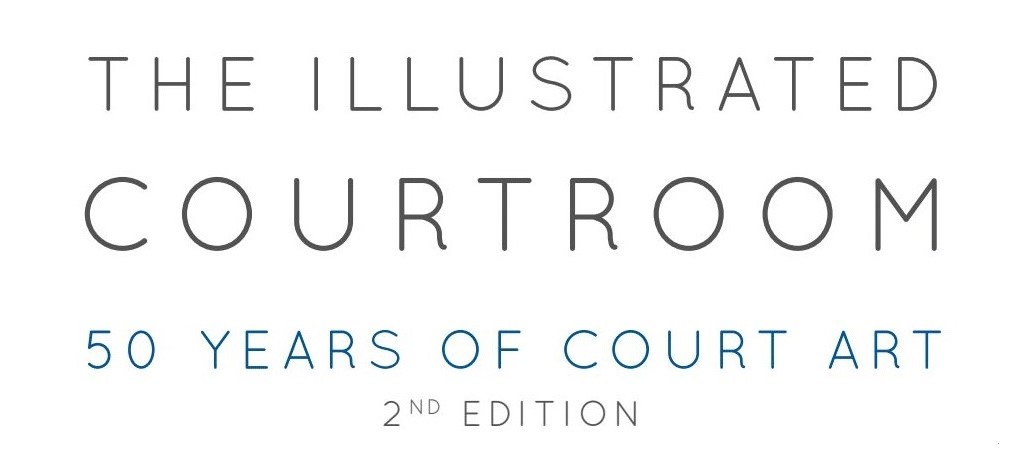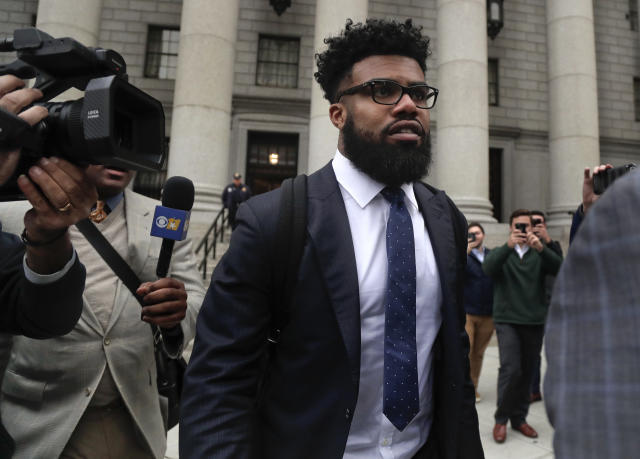BROOKLYN, N.Y. (CN) – Emphasizing the scale of corruption that dominated soccer’s international governing body for decades, defense attorneys for three indicted former FIFA officials told a jury Monday that their clients were innocent bystanders.
Charles Stillman, an attorney for ex-Brazilian soccer head Jose Maria Marin, used an apt analogy at opening arguments this morning |
In a children’s soccer game, the Ballard Spahr attorney explained, players are “part of an organized effort to score goals” and prevent the other team from scoring.
Marin may have belonged to Team FIFA, said Stillman, but he said the 85-year-old was “kind of like the youngster standing off to the side picking up daisies, looking around, while the others are running full steam ahead.”
“There is a crucial difference,” Stillman said, “between being on the field and being in the game.”
Marin is on trial for the next month and a half alongside 59-year-old Juan Angel Napout, the former president of the South American soccer confederation Conmebol, and 60-year-old Manuel Burga, a member of FIFA’s development committee who controlled Peruvian soccer from 2002 to 2014.
While prosecutors have netted scores of guilty pleas from other accused co-conspirators, Marin, Napout and Burga have all pleaded not guilty to allegations of a comprehensive racketeering scheme where FIFA officials for years traded media and marketing rights to soccer events for more than $200 million in bribes.
Assistant U.S. Attorney Keith Edelman highlighted the power that soccer officials wield in football-loving Latin America, saying the defendants abused that power and used “our financial system to carry out the scheme.”
“These defendants cheated the sport in order to line their own pockets with money that should have been spent to benefit the game,” he told the 12-member jury.
Edelman said the government’s case includes “detailed ledgers, contracts, emails, hotel records and more,” and that the jury will hear witness testimony from media executives and other former FIFA officials who have already pleaded guilty to the conspiracy.
Burga’s attorney Bruce Udolf accused the government of using “too broad a brush” and sweeping up “lower-level people like Manuel under this RICO umbrella.”
Prosecutors then “left it to you to sort out,” Fort Lauderdale-based Udolf told the jury, gesturing enthusiastically while pacing at the podium from which he delivered his opening statement.
“Lots of people got money, lots of people paid money — but not Manuel Burga,” the attorney added.
“Soccer is a little bit more than a passion in Latin America,” Miami-based Pinera-Vazquez said. “It’s a religion. The community revolves around soccer.”
Dressed in a dark suit, Marin reached over the wall separating the gallery from the rest of the courtroom to clasp his wife’s hand during a break in this morning’s proceedings.
Burga, more aloof, paced with his hands behind his back during the break. Napout wore a gray suit and blue tie and appeared relaxed.
Their trial is expected to last five or six weeks.










